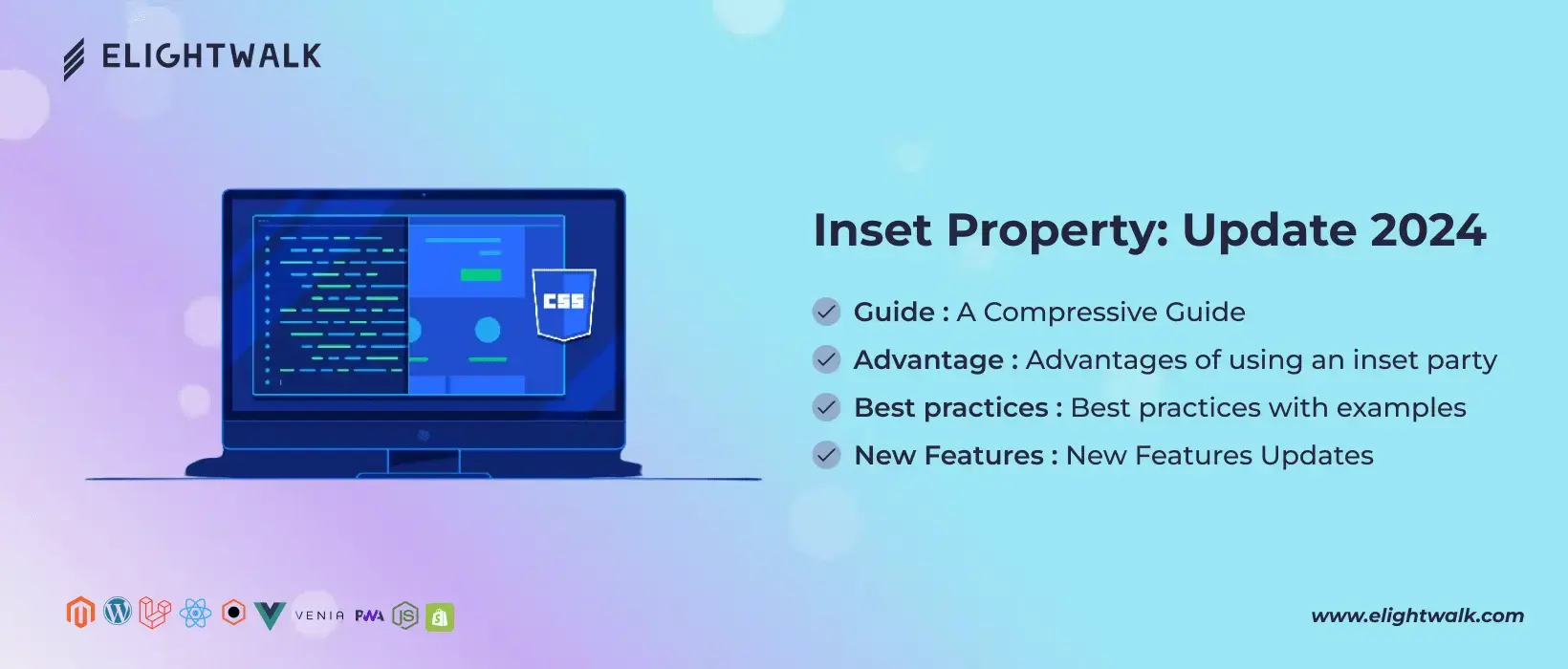CSS, commonly known as Cascading Style Sheets, is a language used to present a document written in HTML or XML. The "inset" property is one of the properties in CSS that can be utilised to style elements.
The inset property in CSS defines an element's inner spacing or positioning within its containing element. It is a shorthand property that combines values for the inset-top, inset-right, inset-bottom, and inset-left properties. The inset property is primarily used for adjusting the positioning of an element within its container.
The CSS inset property is significant because it offers a simple and effective means of managing elements' inner spacing or positioning on a webpage. Using the inset property, web developers can easily manage the placement of elements without setting each side individually, streamlining the styling process. This property is beneficial for creating responsive designs, adjusting the spacing within a container, and maintaining a consistent layout across different screen sizes and devices.



